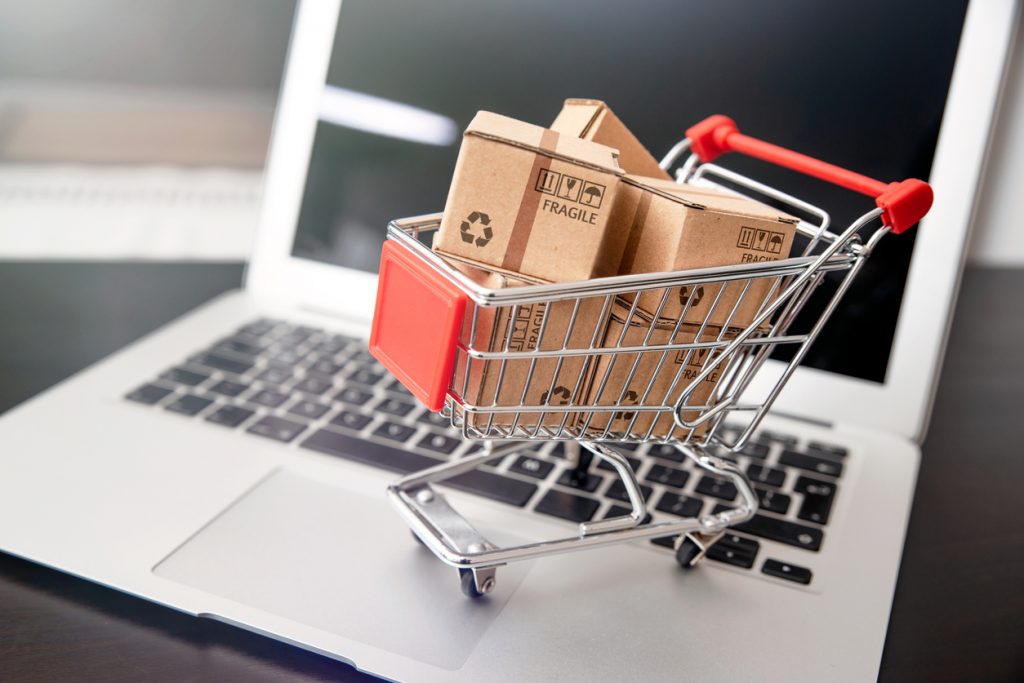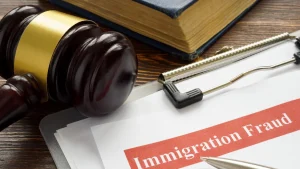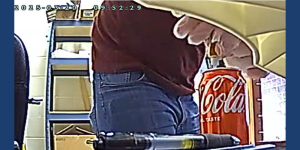When e-commerce first emerged in the late nineties, one of the major hurdles was to overcome consumer inertia. Back then, buying things on the internet required a leap of faith.
Much has changed in the last few decades, and the current COVID-19 pandemic has acted as a catalyst and an accelerator for any brands or industries that were yet to fully get on board. The monumental switch to digital channels for products and services has brought many opportunities, but it also offers many challenges to brands which must navigate the complex field of counterfeiting and brand infringement. While COVID-19 has been a positive catalyst for the development of e-commerce in general, it has also brought many new opportunities for online criminals, thereby exposing both consumers and brand owners to the presence of increased fraud, personal data theft and counterfeit products. Further, given that as a result of the pandemic many consumers now engage with their favourite brands exclusively online, the effects of fraudulent online impersonation on a brand’s reputation may be far more serious and long lasting. In order to best respond to the increased threats online, businesses should be mindful of the need for a comprehensive online brand protection strategy tailored to their needs.
Surviving and thriving online
The speed and enthusiasm with which e-commerce has been adopted by brand owners have varied from sector to sector. The luxury industry, for example, was a comparatively late entrant; the online world perhaps viewed as incongruous with the emphatically exclusive experience which some luxury brands were able to convey in their boutique stores. These days, of course, such brands are able to cultivate an equally luxurious online space, crafted to preserve the aura of prestige that defines them, while benefiting from the advantages offered by a global online presence.
For small, local businesses, a hybrid between online and physical commerce is proving to be successful with websites functioning as a virtual shop front for orders that can then be picked up at the store.
Heavily reduced access to bricks-and-mortar stores as a result of the pandemic has left consumers with no choice but to look online for alternatives. The effects of this have been seen in, for instance, the 16.5% increase in e-commerce use worldwide during 2020 with the trend only set to continue during 2021.[1] On the flip side, businesses have had to move or expand online quickly in order to meet this increased demand. To survive, businesses without a presence online have had to move quickly to establish a credible presence online. Indeed, where a brand has failed to establish a presence online (or even on individual social media platforms and marketplaces), they are effectively handing impersonators an invitation to take advantage of this lack of presence for their own fraudulent purposes.
For small, local businesses, a hybrid between online and physical commerce is proving to be successful with websites functioning as a virtual shop front for orders that can then be picked up at the store.
Risk alongside reward
Having an online presence allows businesses to reach outside their local neighbourhoods to potentially global audiences, but it doesn’t come without risks. Fraud, counterfeiting and brand infringement are endemic online, and infringers are difficult to identify and shut down. The pandemic has only exacerbated these threats. For example, phishing, or the practice of deceiving users into handing over sensitive information through impersonation, grew very substantially in 2020, with the number of monthly phishing attacks doubling over the course of the year according to data provided by the Anti-Phishing Working Group[2].
2020 has also borne witness to the worrying capability of counterfeiters to move fast to take advantage of consumer demand online. This is illustrated in a particularly poignant way by the appearance of large quantities of forged personal protective equipment (PPE) on e-commerce platforms such as Amazon, which has prompted some brand owners to take action through litigation[3]. Aside from PPE, the same trend has affected medications, with law enforcement having seen a marked increase in the sale of antiviral drugs during 2020.[4]
All this suggests that brand owners would be wise to set up a strategy to combat infringement through online brand protection. However, the best practice for enforcing rights online will vary from brand to brand as well as from channel to channel and platform to platform. In other words, there is no one-size-fits-all strategy that can neutralise the threats a brand owner may encounter.
Counterfeiters and other infringers have always moved fast, but in the past few years, they have become especially creative in the channels they use to impersonate brand owners and sell fake goods, bolstering their ability to work around the many enforcement measures that have been established to try to trap them. To catch these moving targets requires a dedicated online brand protection strategy and dedicated support that encompasses rapid enforcement action as well as online monitoring technology.
Indeed, where a brand has failed to establish a presence online (or even on individual social media platforms and marketplaces), they are effectively handing impersonators an invitation to take advantage of this lack of presence for their own fraudulent purposes.
How and where to start
A step-by-step guide for brand owners yet to establish an online brand protection strategy or those looking to update their approach.
STEP 1: Set your strategy
To establish an effective and proportionate online brand protection strategy, you need to first take a step back to define the scope of your activities, identify the biggest threats to your brand, define enforcement routes and budgets, and develop a plan of attack that is proportionate to the extent of the threat and the available routes of enforcement action.
STEP 2: Define your channels
As is clear from the examples discussed above, brand owners are at risk from more than that old foe: counterfeiting. The ways in which we all shop and communicate have opened up a range of new online channels that need to be monitored and policed. Not sure where to start? In our experience, the following five content channels are the most important areas for monitoring and enforcement:
- Apps: Monitor for any apps and app publishers that mention a brand in the app name or as part of the publisher’s name, providing brands with the insight they need to evaluate and take action. Additionally, some brand owners may wish to monitor the use of their trademark within the internal ecosystem created by an app.
- Domain names: Choose a domain name monitoring service that automatically identifies unauthorised use of a brand name in newly registered domain names, and proposes or automates appropriate courses of action, from simple surveillance of the potential threat to takedown actions and UDRPs.
- Marketplaces: Monitor for potential infringements on major e-commerce platforms, such as eBay, Amazon, Alibaba, AliExpress, Tmall.com, Taobao and IndiaMART. A screening will provide valuable insights into how branded goods and services are being sold in the e-commerce market and provide the tools to remove those threats.
- Social media: All major social media platforms should be monitored, including Facebook, Instagram, Twitter, LinkedIn, YouTube, WeChat (China), Weibo (China) and VKontakte (Russia), also identifying patterns and repeat offenders by checking account name and public feed.
- Web content: Look out for potential infringements in the online content of websites indexed by major search engines, whether or not the brand appears in the domain name, e.g. lookalike sites. This includes identifying threats to a brand on websites appearing in major search engine results, in links, page content, images (using image recognition technologies) and metatags.
- Depending on your business, some or potentially all of these channels will require monitoring, and the more synchronised your monitoring and enforcement activities, the more effective and efficient they are likely to be.
STEP 3: Make sure IP protection is in place!
Ensure you have registrations in place for all aspects of your product that could be at threat online, and in all markets/geographies of trade. This may seem obvious, but it is an area that is often overlooked. Without the appropriate registrations in place, enforcement procedures such as marketplace takedowns or domain name dispute resolution policies, may not be available to you, forcing you to take more expensive or remedial action to counter these common threats.
STEP 4: Automate where possible
Such is the size of the online market: it won’t be cost-effective (or even possible) to take action against every instance of brand damage. Focus instead on the biggest and most damaging threats, and target enforcement action and budget accordingly. Defining a policy that defines action and selection criteria will help here (see step 1), but so too will the use of a tool/service that automates common enforcement activities, such as takedown notices or cease-and-desist letters. This will also lower the cost of such activities and help you to take prompt action.
STEP 5: Measure ROI
IP professionals know the importance of online monitoring and enforcement, but they also need to justify its cost. This can be hard when you’re using a multitude of different systems and suppliers, or not using a common dashboard to track your activities and their impact. Fortunately, modern case management systems enable users to run quick and accurate reports, and provide the data needed to drive intelligent decision-making. If you don’t have a clear picture of your activities, get in touch with us to find out how we can help.
STEP 6: Review your approach – regularly
The online market moves quickly, and so should you. That necessitates regular tracking and reviews to make sure you’re covering all bases. Your strategy should also be updated when you enter new markets or geographies, or launch new products and services. Depending on your business and its risk profile online, we recommend regular reviews every three to six months to make sure your current policies are fit for purpose.
[1] “Global ecommerce market report: ecommerce sales trends and growth statistics for 2021”, Business Insider, 30.12.2020, https://www.businessinsider.com/global-ecommerce-2020-report?r=US&IR=T.
[2] APWG, Phishing Activity Trends Report 4th Quarter 2020, https://docs.apwg.org/reports/apwg_trends_report_q4_2020.pdf.
[3] See https://www.securingindustry.com/pharmaceuticals/3m-files-lawsuit-against-fake-coronavirus-ppe-sellers/s40/a11811/#.YEecQJNzQ_V.
[4] See https://pharmafield.co.uk/opinion/covid-19-and-the-counterfeit-drug-crisis/.





















